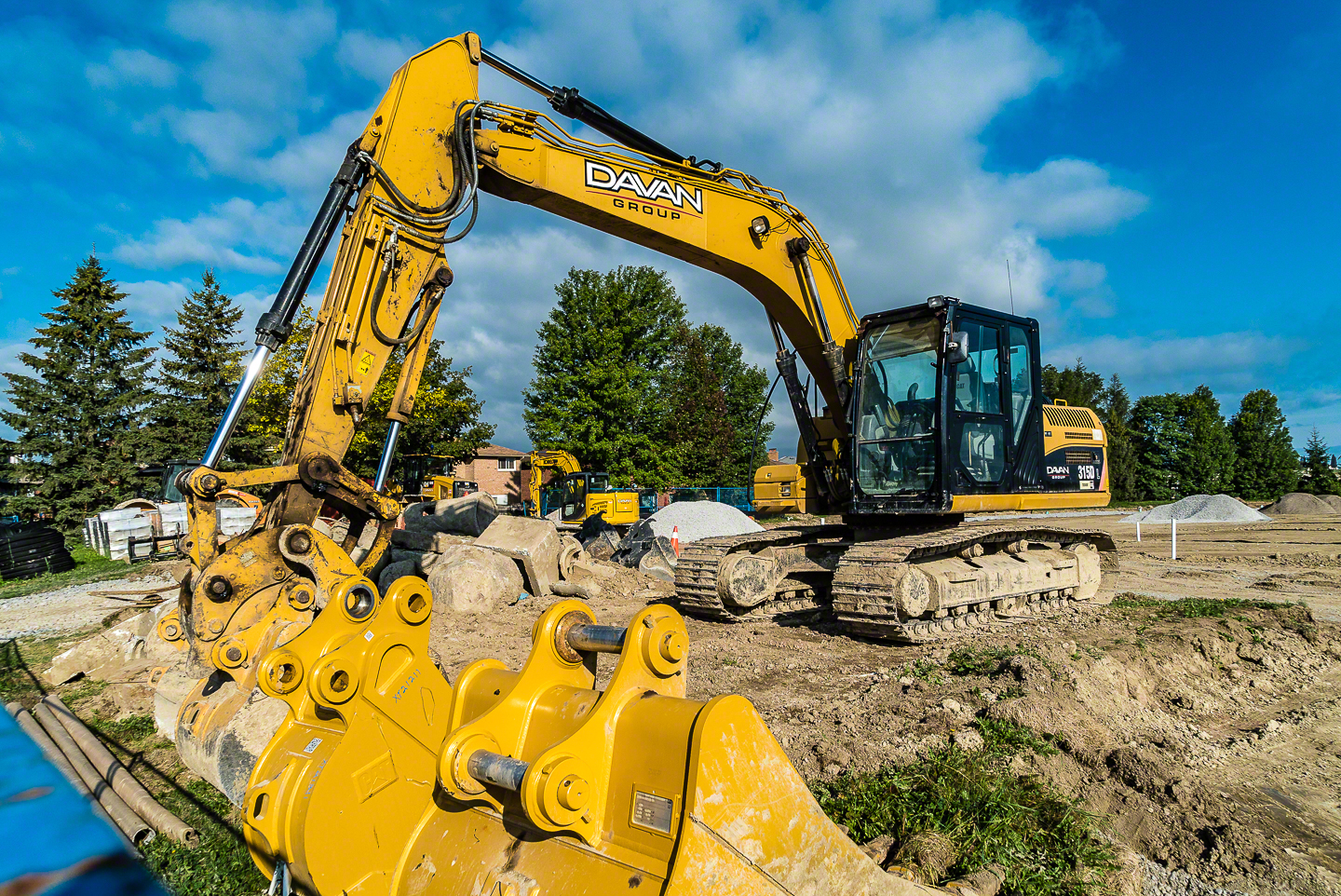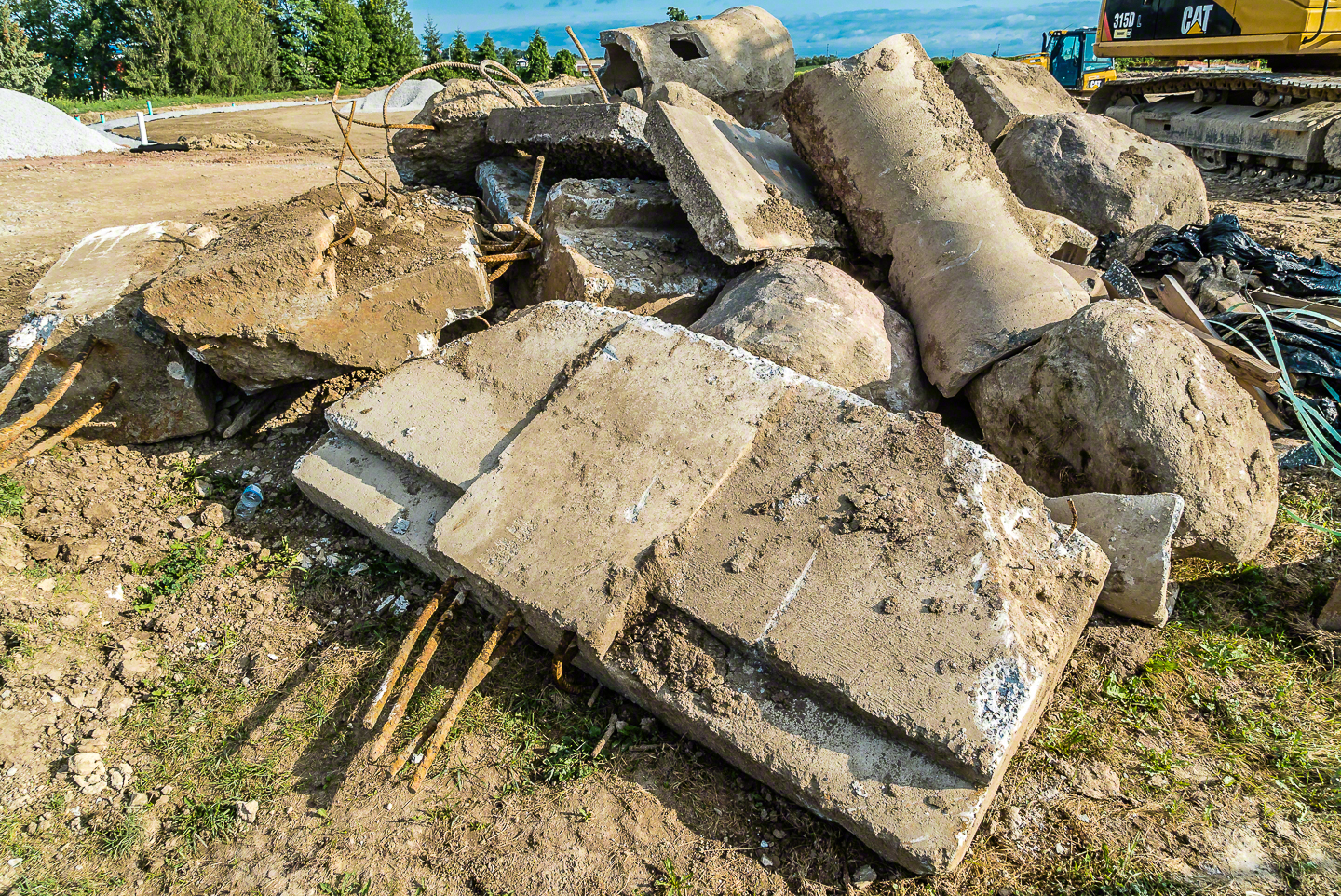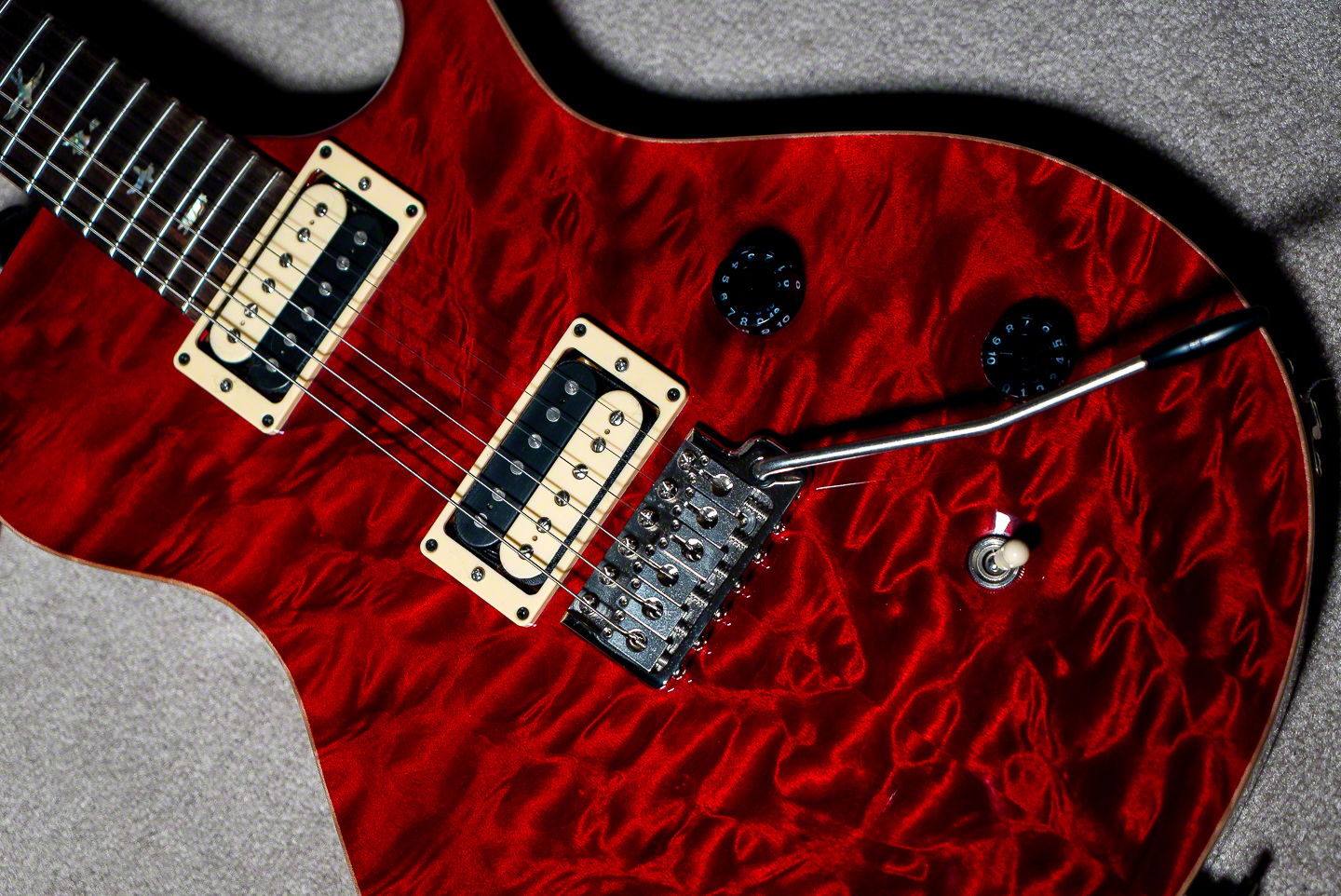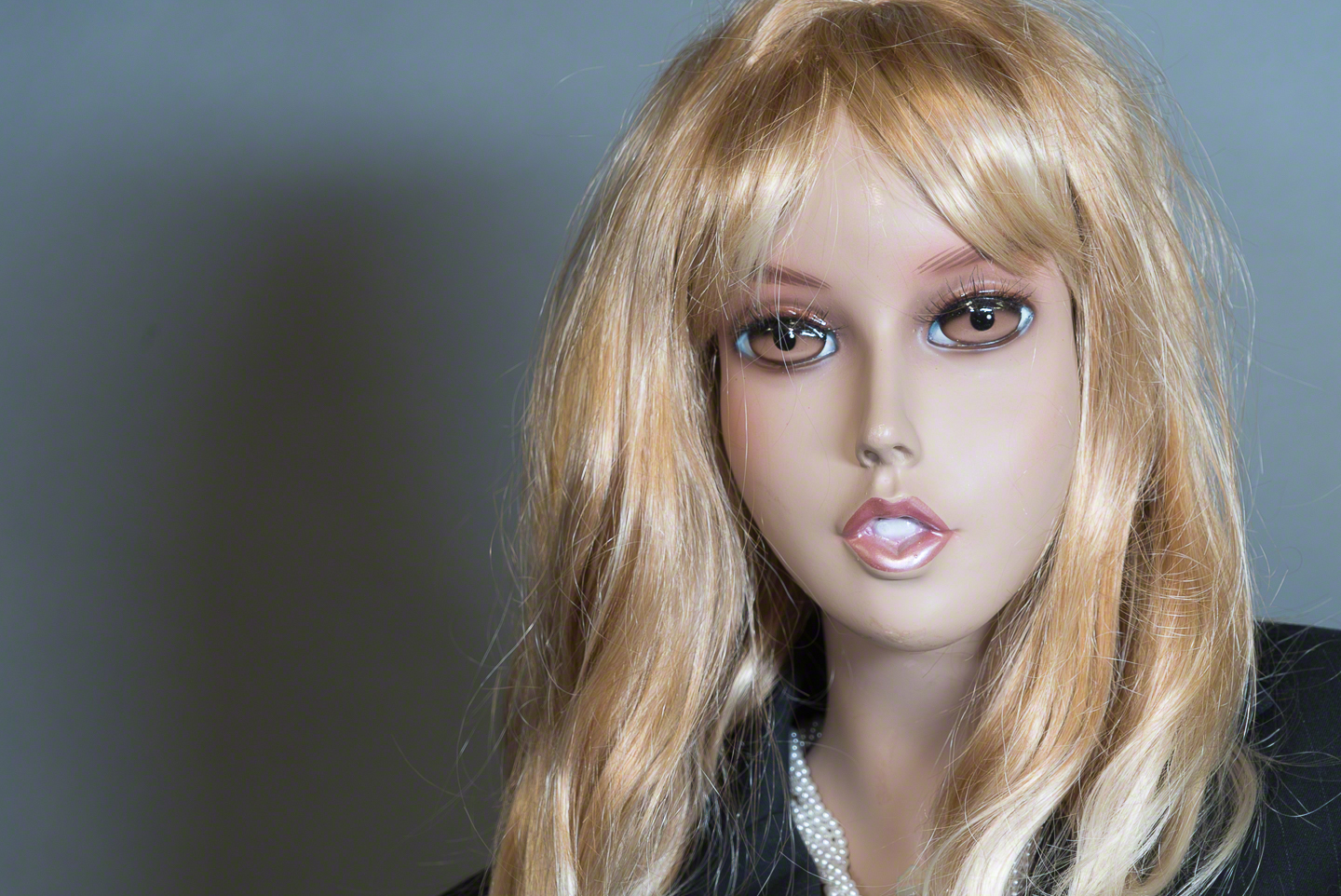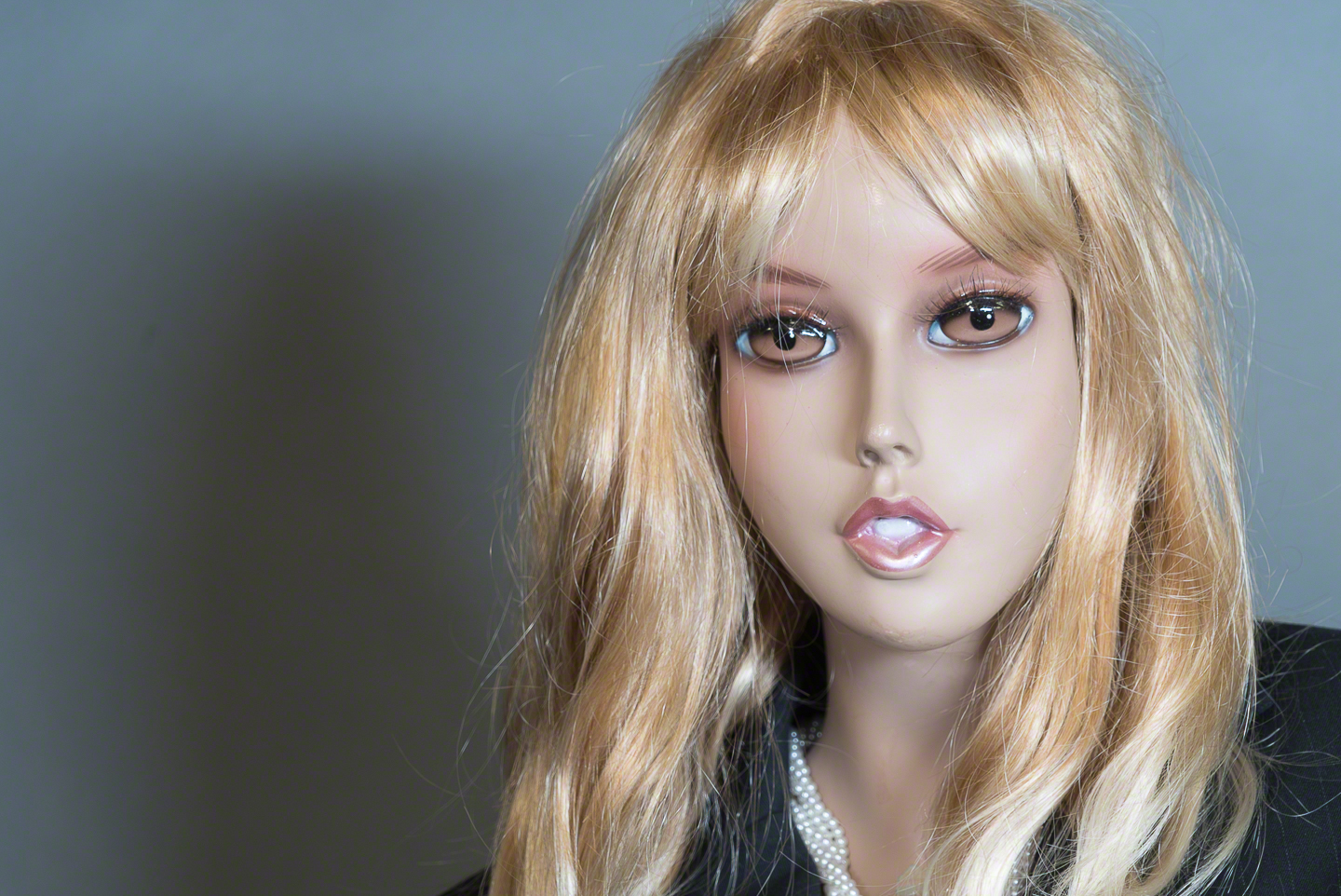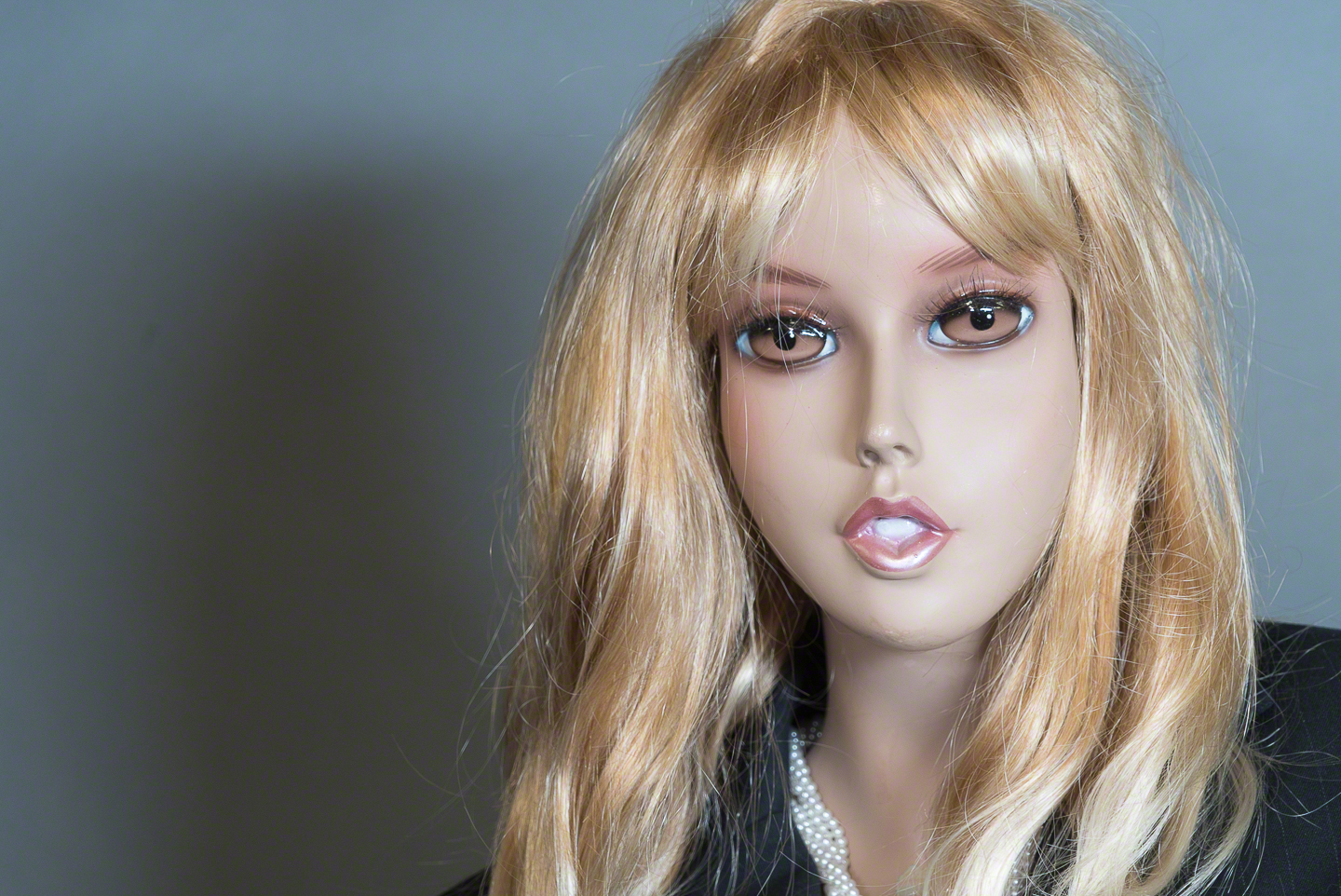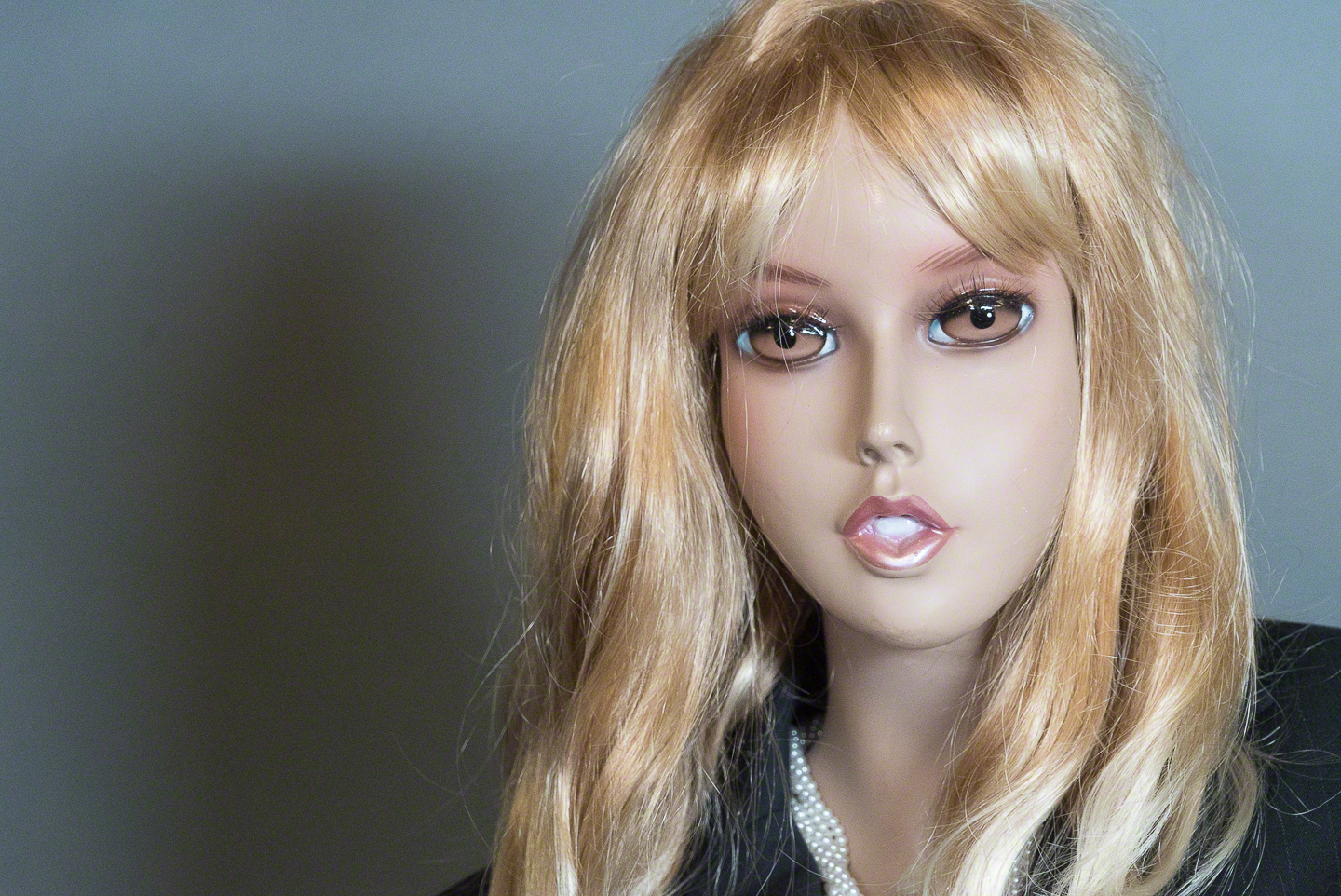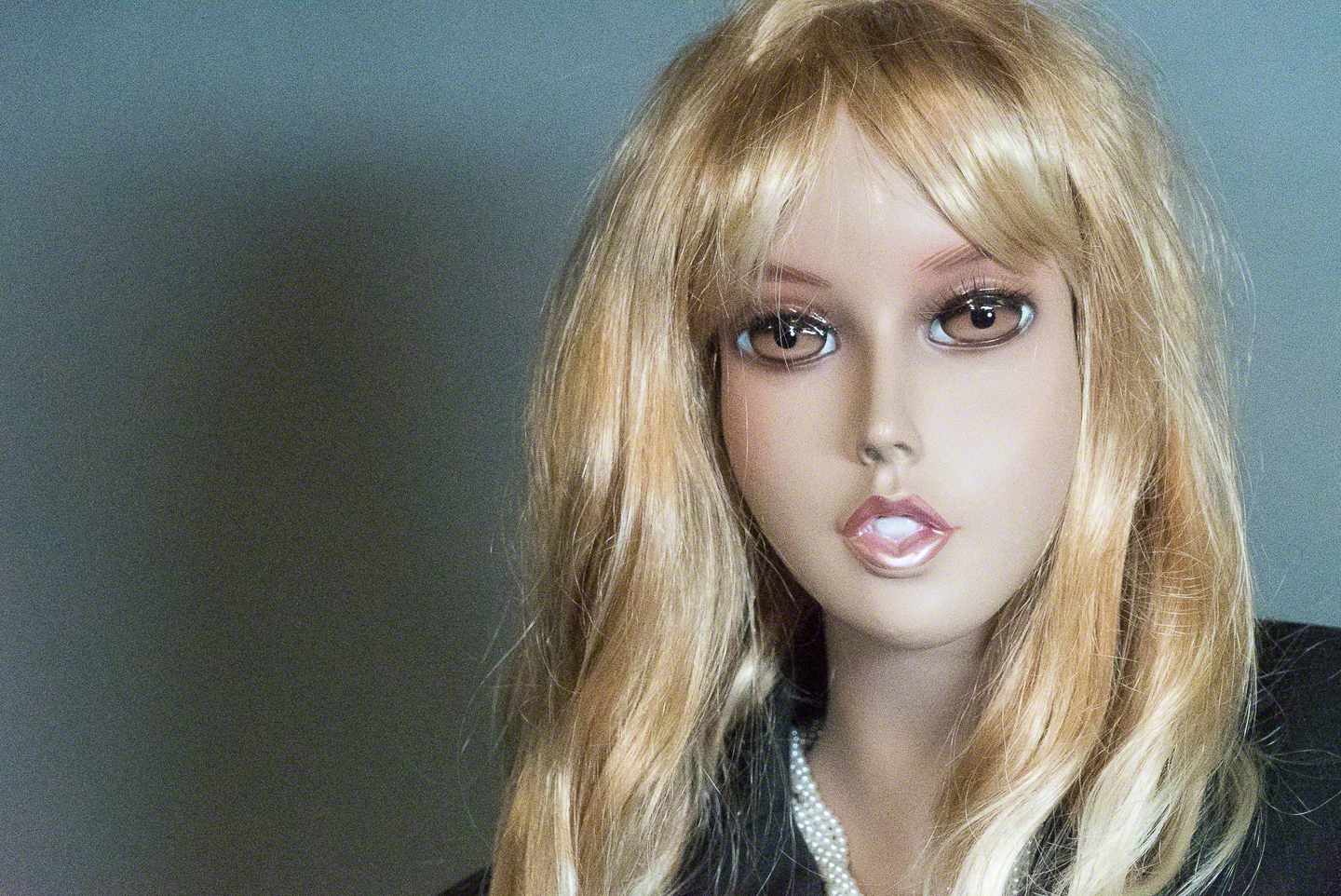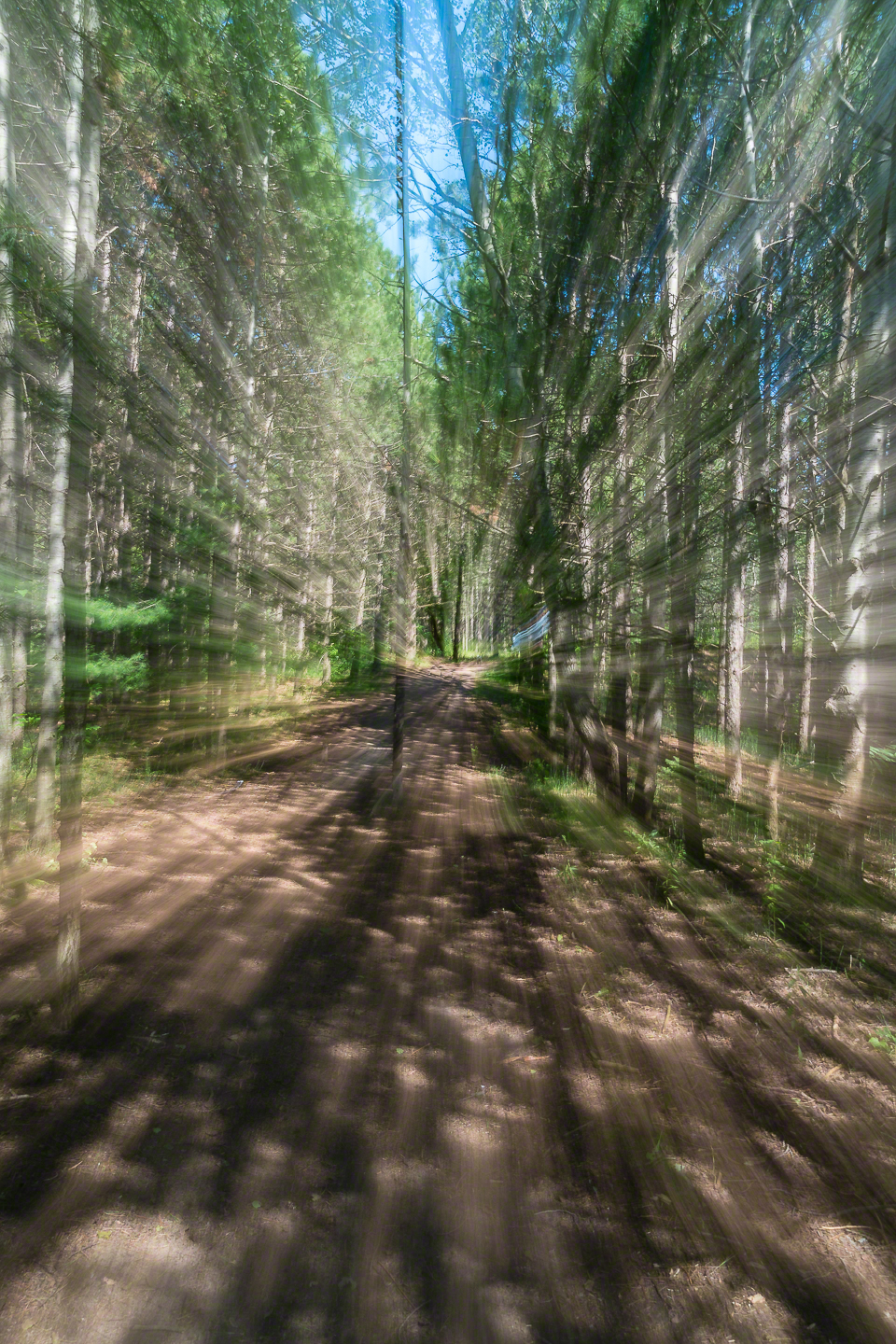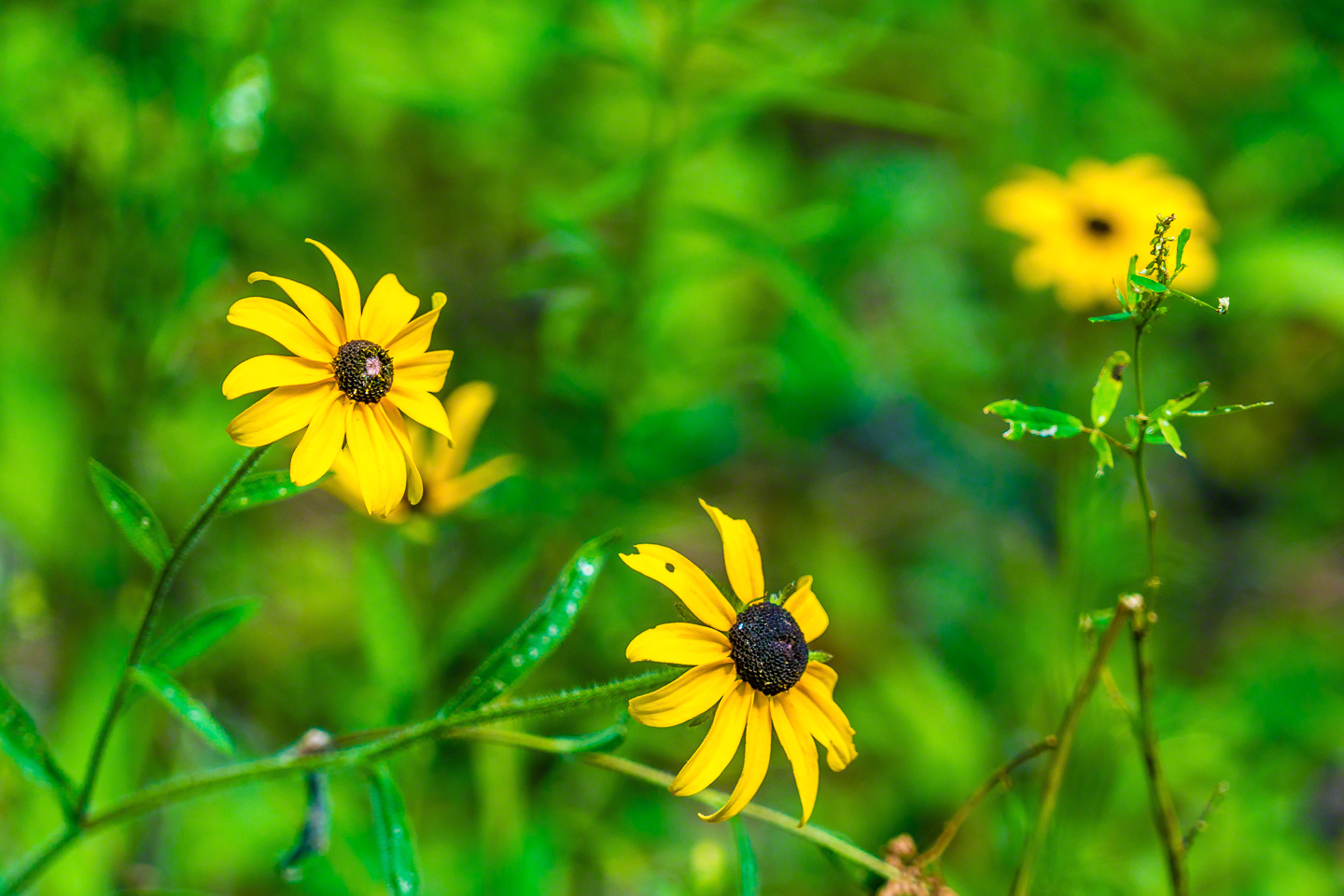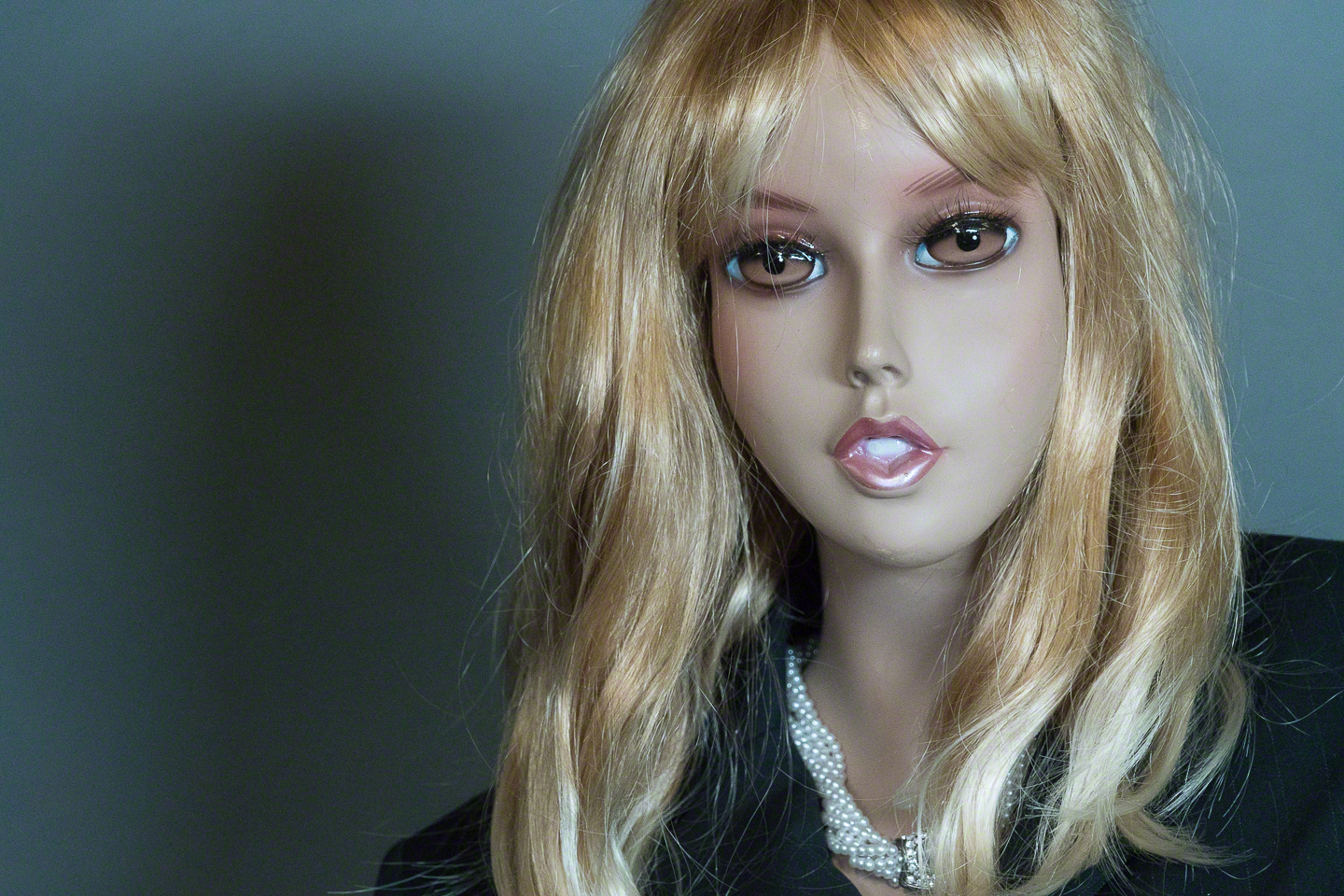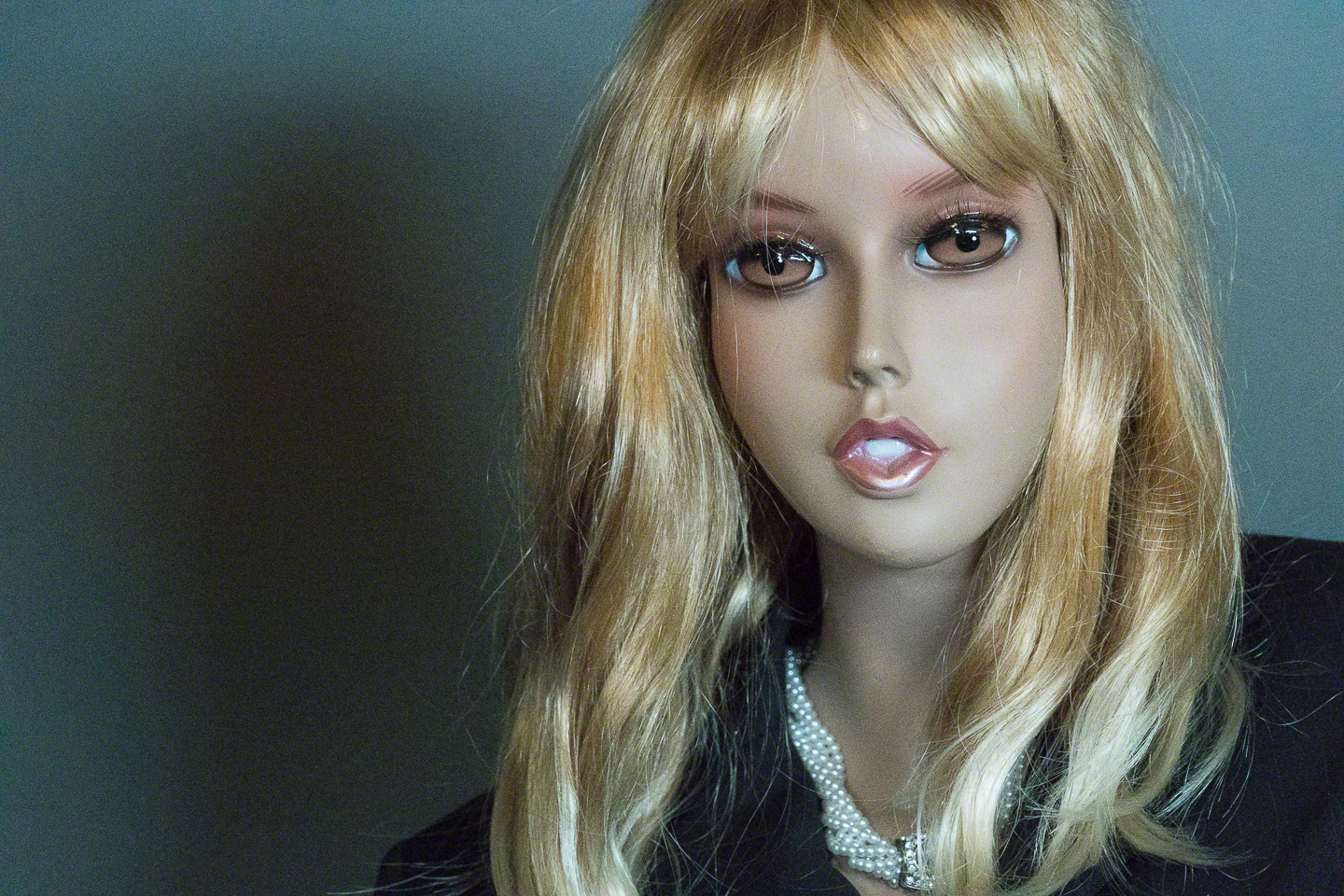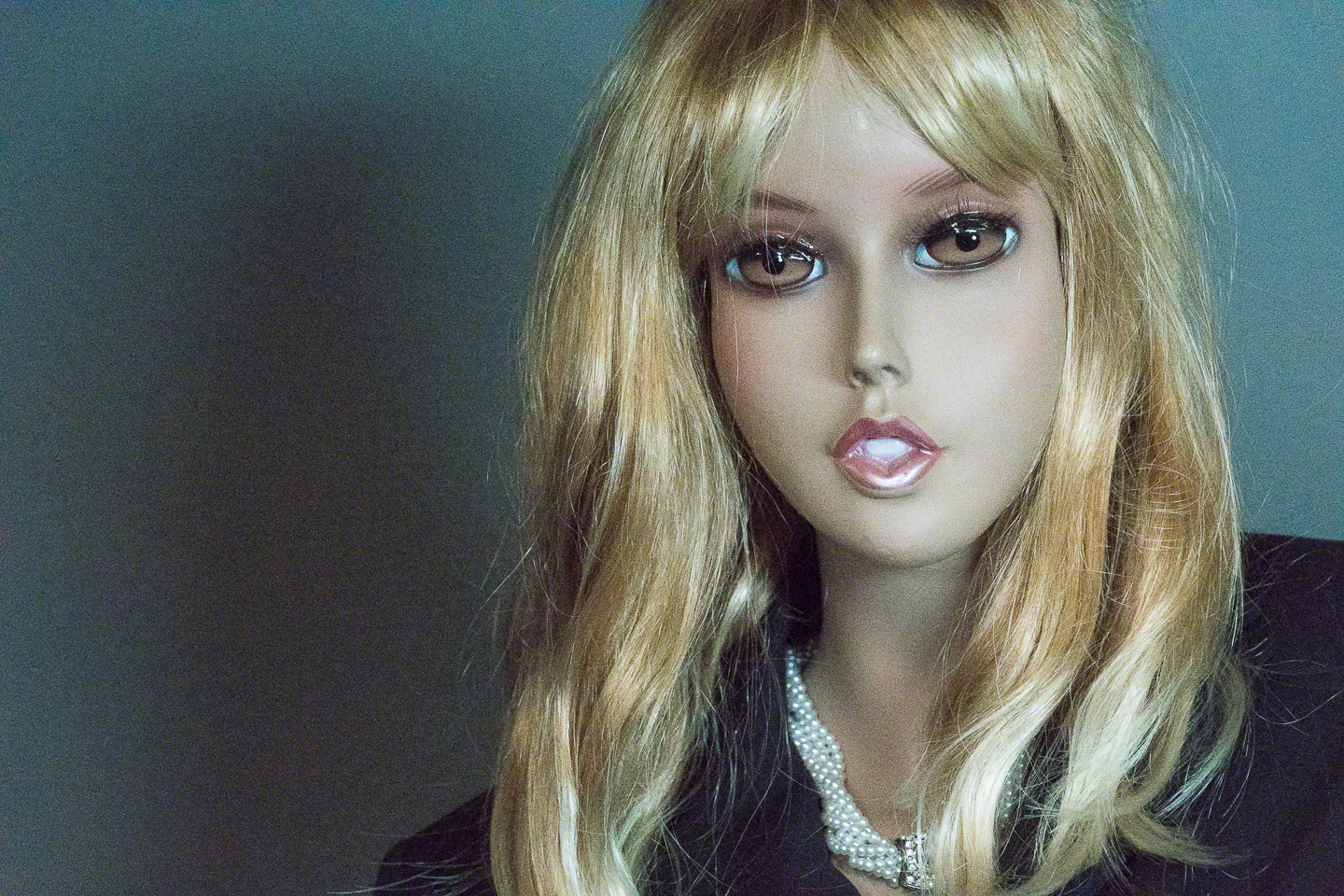FIELD REVIEW : A Tale of Two Sony a7 Mark Its
/The Sony a7R Mark II and the Sony a7S Mark II. Twins? Yes. Identical? No.
I'd love to tell you that I have an awesome relationship with Sony Canada and that they send me stuff all the time for review. But I make it a point not to lie. I will throw out a huge thanks to my friend Lindsey who made the a7S Mark II and a7R Mark II available to me for some field testing.
I am sorry to start by saying that I think naming is one place where Sony has borked things up. There are three a7 Mark II bodies. The regular Mark II, the S Mark II and the R Mark II. The cameras share a chassis and layout but they are sufficiently different enough, that I have met enough people who find the nomenclature confusing. You'll also find it impossible to tell a Mark I from a Mark II without looking at the micro-type by the serial number or the small engraving on the upper back. Nothing on the front tells you this is a Mark II. Considering that Sony has some pretty talented marketing folks, this lack of clear product identification is unfathomable.
As a precis to the reviews below, I will tell you up front that I came away extremely impressed, to the point where I mentioned to my friend Bryan as we were driving to a rodeo, that were I starting out brand new, and owned no kit at all, I would be selecting cameras from Sony. At the moment, I do not own any Sony products. Yet.
In both shooting cases, I tried to keep things simple, working both on tripods and shooting handheld. I did not have access to an a7 Mark II model.
Sony a7S Mark II
I obtained this camera because I needed a great camera to test 4K video capture with a push to the Blackmagic Design Video Assist 4K. My working kit was the a7S Mark II, a Sony 24-70/4 FE, a Really Right Stuff plate, my RRS TQC 14 travel tripod and a Really Right Stuff slider. I used a Sandisk Pro Extreme 32GB card rated at 95MB/s for storage. Sony did remove the limitation of a minimum 64GB card for 4K video on both the S and the R but remain (thankfully) vey explicit about throughput. Just like the Blackmagic Design Video Assist 4K, the camera (actually both of them) refused to use a Lexar card that claimed 95MB/s throughput saying it was too slow for the highest quality 4K bandwidth. Sandisk cards with the same rating were no problem at all. On the second pass with the S, I was using the Sony FE 24-240, the same lens as on the R.
At a resolution rating of 12MP, many potential buyers disregard this camera, as they are so caught up in the BS megapixel race. While not for everyone, if you have to work regularly in truly crappy light, or in very little of it, the a7S Mark II kicks butt. It is super low noise, even at very high ISO settings. Focus is quick, slowing down in dim light but never awful. The EVF is very legible and is well controlled enough not to completely destroy your dark vision, when you are working in the dark. Even when I drove the camera to ISO 102400 (it's maximum native ISO) the images while showing noise, were perfectly usable. If it's the difference between getting the shot and not getting it due to crappy light, the S is a winner. Here you will see a gallery of the same shot made at all the native ISOs. Subject is Darla against neutral grey, lighting is a pair of daylight Kino Flo units. There is nothing exciting about the images themselves but the subject and background give you a very good indication of how the camera performs at different ISOs for RAW stills. The native ISO goes from 100 to 102,400 with pushes beyond that. Judge for yourself, but you can post process the 102400 ISO shots and make them usable.
The 4K video footage is, as you would expect, stunningly good. There is incredible dynamic range and you can capture in S-Log3 for more flexibility and precise colourization in post. In fact, I as surprised to see that the S had NINE predefined picture profiles offering a wide variety of looks and gamma choices. more even than the R.
I think it is appropriate at this point to review the poorly documented Picture Profile options. To be fair, these are for use with video as they deliver no benefit to the stills photographer unless shooting in JPEG and if you are serious about your colour in the first place, why would you shoot JPEG? The first option is OFF, which is where you should be for shooting stills in RAW. Once switched on, you are applying some form of Lookup Table to the footage or stills that you shoot.
Each Picture Profile is user customizable for Black Level, Black Gamma, Knee, Gamma, Colour Mode, Colour Depth, Saturation, Colour Phase, Detail and Auto Set. The gamma options are Movie, Still, Cine1, Cine2, Cine3, Cine4, ITU709, ITU709 800%, S-Log2 and S-Log3. Not all options are available on both cameras. Based on information discovered after some length of searching, this is how they break out.
Movie : This setting is for basic video capture. It's a general use Gamma curve. Consider this the no thinking mode.
Still : This setting is for basic stills look. It's a general use Gamma curve suitable for emulating a JPEG still in a video.
Cine 1 : Built to deliver similarity to Hypergamma HG4609G33 it has reduced contrast in the darks and a gradation in the lights to give a relaxed movie look. It can support whites up to 109%
Cine 2 : This has a similar look to Cine 1 but matches HG4600G30 to facilitate video up to 100% ITU (no whites over 100%)
Cine 3: This is a look that increases the contrast in the brights and darkens the darks with stronger gradation
Cine 4 : Lower contrast is delivered in the darks while the brights have higher contrast than the generic setting for Movie
ITU709 : This gamma setting is designed to match that of the standard REC709 curve for HD video. If you are shooting for FullHD and don't want to spend anytime colour grading in post, this is your best bet.
ITU709 800% : This gamma setting is like ITU709 but is used to help confirm exposures before being shot in S-Log. Translated, this is for testing your exposure set up BEFORE you switch the camera over to S-Log. It's not a recommended final output format.
S-Log2 : This is a very flat and low contrast setting. Shooting in S-Log2 gives extended dynamic range but will require post processing. Coming out of camera it looks very flat and unsaturated. Works with S-Gamut colour mode.
S-Log3 : This setting is designed to have a film like look and feel. It is structured to provide more tonal gradations in the shadows and the midtones, than S-Log2. Like S-Log2, S-Log3 video must be post-processed. Works with either of S-Gamut3.Cine or S-Gamut3 colour modes.
The cameras can include PP1 through PP9 preconfigured for specific looks with settings already made for each of the variables. Not all presets are present in all cameras. PP1 is set for general movies, PP2 is set for general stills. PP3 is built to deliver the look of REC709. PP4 gives a warmer skin tone in REC709. PP5 and PP6 offer hyper gamma variants and PP7 is a preset that features S-Log2. PP8 is a preset for S-Log3 with the Sony S-Gamut3.CINE colour mode. PP9 is a preset for S-Log3 with S-Gamut3 colour mode. PP8 and PP9 only appear on the S model.
I have not seen any other "still" camera that offers this incredible level of breadth and functionality for video shooters. As a videographer who earns money from that kind of work, I cannot see why anyone who needs a hybrid body would look elsewhere. Yes, it's that good and that important.
If all of this sounds like Klingon to you, then some study is required. There is a decent explanation of Picture Profiles at this website. I've skimmed the surface, and recommend reading the site to learn more about these incredibly powerful, yet poorly understood tools. With Sony being so good at video, I cannot understand anyone spending the coin on either model to shoot just stills.
I was not enamoured of the battery life, or lack thereof. I know why the battery life is crap and simply add the caveat that if you are buying this camera, get a stack of spare batteries. I'd get four at a minimum myself.
The lens that I was provided with initially was Sony's 24-70/4 FE mount. I couldn't care less about the lens not being a f/2.8. The f/4 was just fine, even in very low light because the high ISO performance is just so darn good. I also know how to manage depth of field in many ways so shallow depth of field is readily available. No need to spend more on faster glass if shallow DoF or bokeh is what you hunt.
The menus are similar to other Sony a7 cameras, which for those who have used them, means at its most gentle "a work in progress" and for those coming from other lines, reason to take up substance abuse.
The S has a number of programmable buttons, and while I find them too small for my fingers working fast, there are enough for most use cases. I love that the exposure compensation dial is an actual physical dial with real click stops. This is how exposure compensation should be done, not some idiot combination of soft buttons and soft dials. Give me a nice mechanical dial any time. The only drawback, and its not a big one is that electronically the camera gives +-5EV of compensation while the dial only manifests +-3EV of compensation.
Video colour off the sensor is fabulous, and if you shoot your video primarily in S-Log3 as I did, the range is wonderful. (Please see the caveats in the conclusion) I have shot a lot of 4K video and in an interchangeable lens still camera, Sony kicks everyone else to the curb. In my opinion, it's better than the also excellent Lumix GH5. Canikon have absolutely nothing close to this, although Nikon does at least record in a file format not designed in the time of stone knives and bearskins unlike Canon who rely on the abysmal motion-jpeg for the rare implementations of 4K that they do outside of their Cinema lineup. The war is over, Sony won.
The maximum you can push video in terms of throughput is 100MB/s. This is not awful but I wish I could get a higher bandwidth out the micro-HDMI port into an external video recorder. I would also like to see native UHS-II card support and dual slots. Sony knows how, so I expect both of these in the Mark III whenever it shows up because Sony is smart enough to know that the buyers of an a7 family product may not be the same as the buyer of an FS7 Mark II. This is a clue that Canon aggressively ignores. Point Sony. The criticism about card types and bandwidth is perhaps exceedingly harsh because these cameras have been in market for a while and still lead in video. Another point to Sony.
None of the cameras that I own have a moveable LCD. As I, and my joints, get older, I really am seeing more and more value to this feature. The Sony LCD is quite nice but if working in bright light you will need a loupe to cut the glare as with most all LCDs. I have to carry a microfibre cloth because it picks up marks like the sensor in my original 1Dx collected dust spots. Sony's mount is quite robust and while it does not do the selfie flip, I care less about that. It does move to make both high and low shots easier to make and that's a real bonus. It would be nice if there was side hinge to enable use of the moveable LCD for vertical stills.
The LCD is not a touchscreen. This will irk a certain marketplace. It makes me happy. I like the touchscreen on my phone and my tablet. I do not like touchscreens on cameras. I want to be able to manipulate the settings while the camera is at my eye, and the Sony interface allows me to do that, with ISO changes being the only soft button - then dial modification for primary exposure settings.
The exposure compensation selector is a real dedicated dial with positive click stops. Other reviewers have complained that the exp comp dial does not lock. I respect the opinion, but find the click stops quite robust and there is a huge display across the bottom of the viewfinder to tell you where you have the comp dial set. In lots of field handling the exp comp was never knocked out of position in my tests.
Sony's online comparator leaves blank that the camera has both an external microphone input and a headphone output. The shoe is Sony's Multi-interface show so you can also use Sony's MI equipped professional wireless microphones. I used these with a Sony PXW-X70 and found them to be excellent. Other outputs include Micro-HDMI and Micro USB.
I've spoken mostly about video on the S, partly because it is just so good but also because it goes untapped far too often. The stills coming out of the S are excellent. They are of 12MP resolution and thus would have a relatively small maximum native print size, but the dynamic range is so strong, and the colour fidelity is so good that making 20" x 30" prints from properly exposed frames should not be a concern for anyone. The only person who is every going to notice the reduced resolution in a huge print will have his or her nose pressed up against the glass anyway. Regular people won't notice nor will they care.
Sample Images
I did not shoot a lot of stills with the S, mostly because I was so enjoying the video capabilities. That said, some may ignore the S because of the perceived low megapixels count. Be assured that any expect loss is just not see. All the images were show with the 24-120/4 FE that I have mentioned is a decent lens, but not, in my opinion of the same level as Canon's 24-105/4 or Nikon's 24-120/4. It's also not the optical equivalent of either maker's 28-300. For the Sony user, it is an excellent walk around lens to be sure, but I found the speed of focus to be slow and as you can see in the wide angle off axis shots, there is some barrel distortion in addition to the perspective exaggeration and that is after Lightroom's built in lens corrections. Note that the guitar was shot earlier using the Sony Zeiss 24-70/2.8
Digital Noise
One of the reasons to look at the a7S Mark II is for the ability to shoot at high ISOs while keeping the noise down. I did the same shots with the S2 and the R2 under the same conditions and with the same lens (24-120, light provided by daylight balanced Kino Flo Tegra and Diva). The high ISO performance of the S is excellent.
Would I buy an a7S Mark II? Yes. I have enough use cases that demand work in low and crappy light without the ability to supplement it and to be able to do both stills and video from the same position. Do I care about the relatively low megapixel count? No I do not. The output is already great, and there is this thing called post processing that addresses any shortcomings
Full specifications may be found here.
Sony a7R Mark II
It looks the same as the S but the R is a completely different animal surfacing a completely different set of use cases. This is your massive resolution offering. While I am not a fan of megapixel wars as a game of marketing oneupmanship, there are users who need a sack of megapixels because they will be making really large prints. And with respect, if you are not making really large prints, you do not need an a7R Mark II. You can still buy one, but if all you do is post to Instagram or Facebook, you just dropped a bomb to get image quality that no one is ever going to see.
An average RAW file out of the R is about 86 megabytes. I did not even consider trying JPEG, I mean you spend money on 42 megapixels, why would you possibly choose the image degradation of a JPEG?
My working kit was the body, a 24-240/3.5-6.3 FE zoom, a Really Right Stuff plate, a Really Right Stuff TQC 14 Travel Tripod and a Lexar 64GB card rated at 95MB/s. Funny enough, this Lexar had different graphics than the one I tried in the S and the R accepted it for the highest bandwidth 4K. Could it be that Lexar had been stretching the performance numbers in the past?
For my test, I had a single lens, the Sony 24-240/3.5-6.3 FE. I loved the working range but was not enamoured with the speed of the lens. Not just optically slow, but slow to focus. It's definitely sharp, but the slow speed forces you to leap to higher ISOs for general use and I don't like that. Perhaps not surprisingly, focus locked in much faster with this lens on the S than on the R. The lens outer barrel is metal but the inners are plastic and this lens would not likely hold up to my production use, not because I am rough with my gear, but because I use it and it's hanging off a sling, not buried in a padded bag. Sony used to take a lot of crap, and correctly so, for having more camera bodies than lenses. They've crossed that and their new Pro lenses are optically great and are built tough as well. They are also priced like Canon L or high end Nikkor glass. Sony should have kept the prices down to encourage migrations from Canikon. I like the range of this lens, I just wish it was built tougher and was faster. I get the whole space saving thing but pro users will want range AND lens speed. I know that I do.
The a7R II has in body stabilization like the a7S Mark II. I was very glad of it because it saved a number of shots where the shutter speed was, in my opinion, too slow for me to handhold safely but I was not willing to push the ISO to 6400 outdoors in the woods, to get a handheld shot. At the focal length of 240mm, the lens has incredible close focus capability but that f/6.3 maximum aperture is a major buzz kill. I am afraid that even though I zoomed in on the LCD, what looked sharp on the camera LCD was not sharp in Lightroom. There was too much microshake to be acceptable to me, so while I think that the in body stabilization is a good thing, Sony's claim of 4.5 stops of stabilization is optimistic in my real world testing. Candidly, I find all claims of number of stops of stabilization to be accompanied by more fine print than the warnings on a beta test of a new pharmaceutical. If you get two stops, you are winning and count yourself fortunate.
I heartily recommend Piccure Plus specifically to address microshake. It is amazing software and you can get a trial via the link on my site.
Shooting video on the a7R Mark II is a joy, The quality is superb and the camera does a great job. Like the S, bandwidth is limited to 100MB/s and I again wish that I could get a higher rate out the micro-HDMI port to an external recorder. I would again much prefer support for UHS-II cards and dual card slots. I understand that Sony is trying to keep the body size down, and respect that, but an a7R with dual XQD slots would be a killer solution. Just sayin'. Please also see the note about Picture Profiles in the Conclusions for a serious caveat.
Despite the relatively small size of the photo sites required to accommodate 42 megapixels, noise control is very good and only becomes a speckled pan of cat litter at 51200 or higher. Need more ISO? Get the S, it's what it is built for. Dynamic range is excellent, a battle that Sony continues to win over its competition. They are making the best sensors out there these days and understand that the primary consideration of any digital sensor is first and always dynamic range. Nikon gets sensors from Sony so they get it. Canon is on drugs as evidenced by the recent 6D Mark II that has poorer dynamic range than the four year old original 6D. Hello Canon? Clue pickup in aisle five.
What don't I like about the a7R Mark II? I found the AF to be slow and it tended to hunt a lot, but that may have been the lens contributing, I only had one lens. I've shot the camera before using other Sony lenses, or Sigma lenses using the Sigma MC-11 and do not recall the AF being this slow or twitchy. More testing with other glass would be needed. I found the amount of viewfinder blackout annoying, being longer than I recall on the S. For mirrorless to really put the stake into traditional DSLRs they have to get past this. I hear good things about the a9 but having never shot with one, cannot comment one way or the other. I really like the R but in its current iteration, I couldn't get the same kind of results for sports as I do with my 1Dx Mark II. Perhaps that is an unfair comparison, but I don't shoot a 5D Mark IV, and the 5Ds, well, let's just not go there. Perhaps the a9 would be a better sports choice, but I think it gives up some of the video options. Never having shot one, I cannot say.
Normally when I get an evaluation unit, the first thing that I do is check the firmware version. I missed this initially so my first "roll" was shot with firmware V3.30 All follow on rolls and clips were shot with the V4.00 firmware. Most manufacturers have you download a firmware update file and copy it to a memory card and then run an in camera firmware update process. I don't know if this is best, but it's convenient. Sony requires that you download an OS specific installer that requires you to physically connect the camera to the computer by USB. It works, but it's slow, with a capital SLOW, and that is always a place where a user could do something dumb, like disconnect things or have the computer decide to crash, borking the camera.
Next I ventured into the studio and as it was a long weekend, my preferred muse was away so I made do with Darla. For those new to my work, Darla is a mannequin that I use to teach lighting. She can hold a pose like no one else, but is a bit creepy to look at, due to eyes that are much too large.
And here is where EVFs and mirrorless cameras can make me crazy. I was using my Profoto D1 strobe in a deep octa, with a reflector on the opposite side of Darla. A partial touch on the shutter button provides illumination for framing but as I was on a tripod, I wanted to move the focus point selector to drop it on her near eye. No problem, because C2 was programmed for this, except as soon as I pressed it, the EVF and the LCD went black so I had to guess where things were. What a pain in the butt that is. I ran into this once before with a Fujifilm product, but their viewfinder was a hybrid and I could set it to see in crap light. Sony stops the lens down long before the shot and gives you a simulated exposure, which in the studio, when using flash is black. I worked through every menu item until I discovered Live View | Set Effect. This highly informative name (NOT) will disable the LCD and EVF exposure simulation when turned off and then you can actually see in a dark studio, rather important for framing and focus selection. The explanation for this setting on page 40 of the manual fails to make clear what this function does and the impact on the shooting scenario. Exposure simulation is very useful, but having it turn the viewfinder into a coal chute when shooting in studio is annoying and this needs better explanation. Any would be better than what we get. Once I figured it out, the camera performed like a champ.
Flash sync is specified at 1/250. This may be true for on camera speed lights but it is not true when working with external studio strobes. I had to back the shutter speed off ⅓ to 1/200 to prevent black banding in the images. This isn't unusual, I see it pretty regularly, usually having to back off ⅔ for proper sync. AWB correction did a nice job, the initial preview was a bit blue, then it warmed up. I tried setting the WB to flash and liked the result less.
Sample Images
These were all shot on the same day, in the same location, using a variety of exposure choices. All were shot with the 24-120/4 FE lens and some are cropped in rather aggressively.
Digital Noise
One of the traditional complaints about high resolution sensors is the amount of digital noise that shows up when the ISO gets pushed hard. In this sequence, I shot Darla at all the native ISOs, foregoing the push and pull variants because they are so computed as to be not consistent. Lighting is provided by a daylight balanced set of Kino Flo lamps, a Tegra and a Diva, so you get a "natural" light sense. Look to both the skin and the neutral grey backdrop to assess how much noise is acceptable to your own standards.
All the images were shot in RAW, imported into Lightroom and then exported as JPEGs. No other post processing was applied.
Would I buy an a7R Mark II? Absolutely, so long as I got a bag of batteries and a vertical grip with it. I would also need a Really Right Stuff L plate. Because I put an L plate on ALL of my cameras.
Full specifications may be found here.
Conclusions
You used to be able to discount Sony from pro use due to lack of glass. I still couldn't shoot Sony for sports because there are no long and fast lenses yet, but for everything else that I do, I could be just fine with Sony cameras and with the high ISO capability could probably get by for many scenarios. Since Profoto introduced AirTTL support for Sony, my fast paced studio and location strobe work would be solved from a lighting perspective. Paired with fast glass (probably from Sigma's ART series and an MC-11) there is not much that I could not do. The downside is that while Sony is really growing in adoption, physical camera stores are still not behind the a7 family fully and definitely not on board with having FE glass in house. Where I live in Canada, the ability to rent gear is almost completely dead, and buyers need to be able to try a lens out first before making the big commitment. I understand the reluctance to invest in inventory, and also understand making many of these lenses Limited items, meaning you order it, you pay for it up front and it's yours. Sony could stand to make it easier for prospects to get hands-on without massive risk in case things do not work out. Visibility and getting salespeople to be willing to show the high end Sonys as alternatives to Canikon is probably Sony's biggest challenge right now.
Most video that I shoot is not recorded internally, I am looking for a clean push out the HDMI port. The S can support REC/ITU709 as well as S-Log3. The R does REC/ITU709 as well as S-Log2. Many users will want to record internally and that means making a choice in gamut settings. Sony buries these in the Picture Profile settings of the menus. If you look in the manuals, either paper or digital, you will find exactly ZERO information about this. Had I not worked with the FS-7 and FS-5 and been very adept at keyword searching with Mr. Google, I never would have found them. Moreover the names are no help at all. On the R for example, you would have to delve into PP7 to even discover that this is the profile for S-Log2. That this is so convoluted is not an annoyance, it means that someone, or some group, needs to be taken out behind the woodshed and beaten. Sony kills with video. They are the best option there is and they basically hide it from the customer. I went through every piece of documentation in the box and online to be sure and if documentation exists, it's well hidden. My external searches did reveal a couple of good resources. The first is on Sony.net and details the the options in Picture Profiles. The second is from independent videographer Erwin Van Dijck. His document is more usable. Learning about this is important because you don't get the full value in video without them.
One change that I would really like to see is to make the shutter release a lot more precise. As it stands it's spongy and I got a lot of shots that I didn't want because the differentiation between activation and shoot is too much like jello. I'd like a half press to clear resistance, then almost a glass break release with no throw and a fast reset. Canon and Nikon have been successful with this, as have Fujifilm, Leica and Hasselblad. I don't think that this should be too hard for an engineering rich company such as Sony. I don't hate the release, but I certainly don't like it.
I hear that the Z batteries in the a9 are a big improvement on the batteries in the a7 family. In fact you can get a pseudo power station that will power an a7 using four Z series batteries. This will be very helpful for videographers using a full rig, but a bit on the bulky side, ok too much, for still shooters. I would need to go with the vertical grip for either a7 Mark II. The grip does make the camera larger, and that's fine with me because I prefer a camera with a vertical grip that holds two batteries. Like Canon battery grips, the grip replaces the internal battery and relocates that battery to the grip and provides space for one more.
Both the S and the R are great cameras, albeit with very different use cases. They lose points particularly for the extraordinarily lame and lightweight documentation. I have manuals for Metz flashes that have more detail for a single flash than Sony provides for these flagship cameras. Perhaps Sony feels that buyers do not read the documentation. As an long time instructor, I fear that they are correct, but that's not an excuse to provide such crappy manuals. You make great cameras Sony, stop skimping on the documentation. There's a reason many buyers think your products cannot do many things, and it's because you fail to tell them how.
If I could only pick one, I would likely choose the a7R Mark II. In my opinion, I can push it to ISO 12800 without significant post processing and its video, while not as good as the a7S Mark II would get me by and I prefer the larger native print size. File size is not a concern for me. I just don't get my shorts in a not over disk space or post processing speed issues. Those that do, may make different choices. If I were more focused on mixing footage from an a7 family with video shot on a pro video camera, I might choose the a7S Mark II simply because it offers more LOG options. I don't care about RAW output at this point because I have actually worked with it and that is the definition of weeks lost and disks eaten. The S-Log3 out of the S is superb for colour grading, and is not available on the R. If I had to work in consistency crappy light without strobes, the S is the clear choice. I find it is at least two stops better (under acceptable light) when it comes to noise over the R. Make the light really dim and it the gap increases.
If you shop with B&H Photo Video, please consider doing so through the link on thephotovideoguy.ca as this helps support my efforts and has no negative impact whatsoever on your shopping experience. If you find the podcast or articles of value, consider clicking the Donation tab in the sidebar of the website and buy me a coffee. Your donation goes to help me keep things going. Email your questions on any photo or video topic and I will try to respond within a day.
I'm Ross Chevalier, thanks for reading, and until next time, peace.






